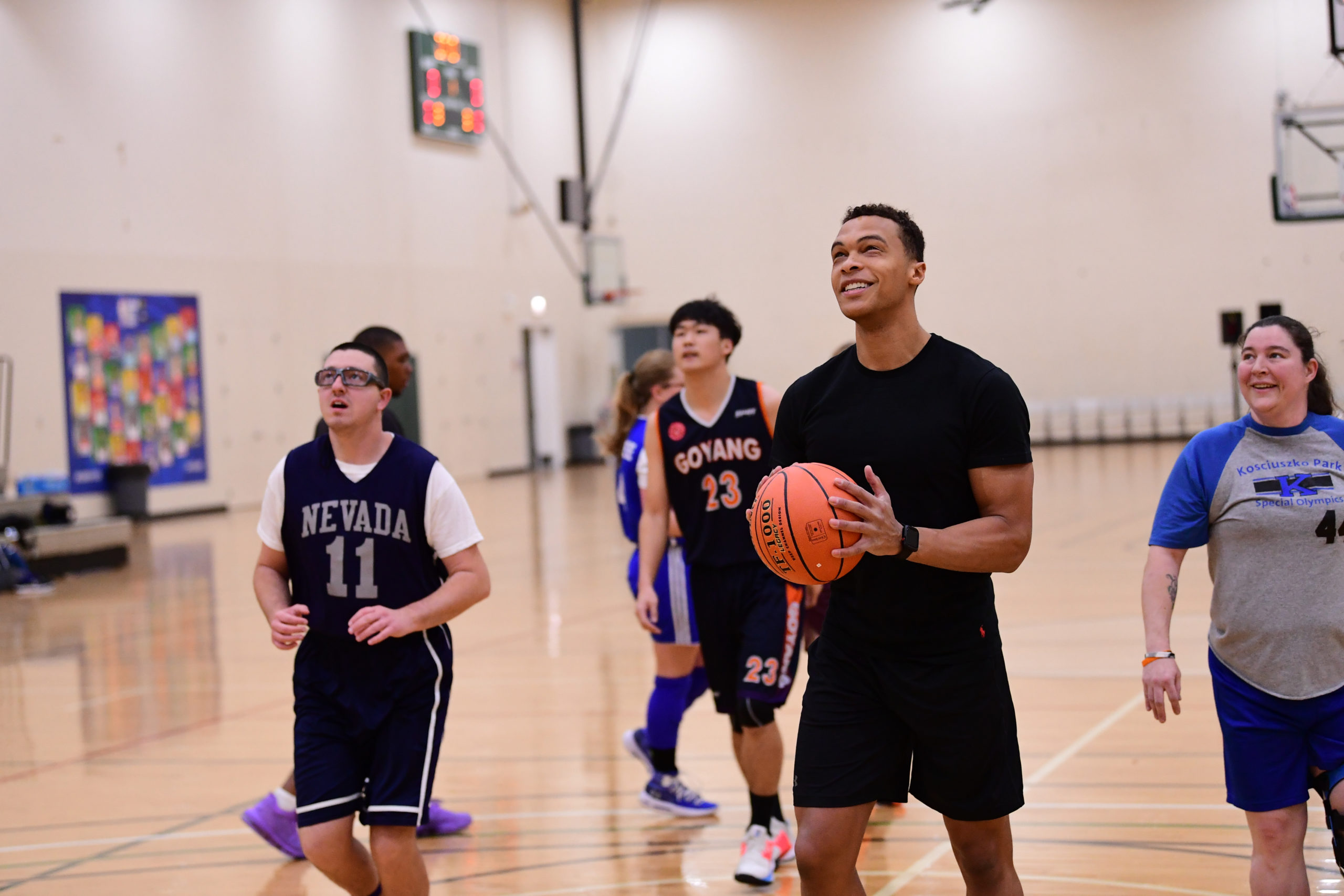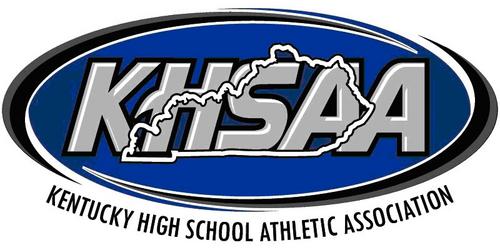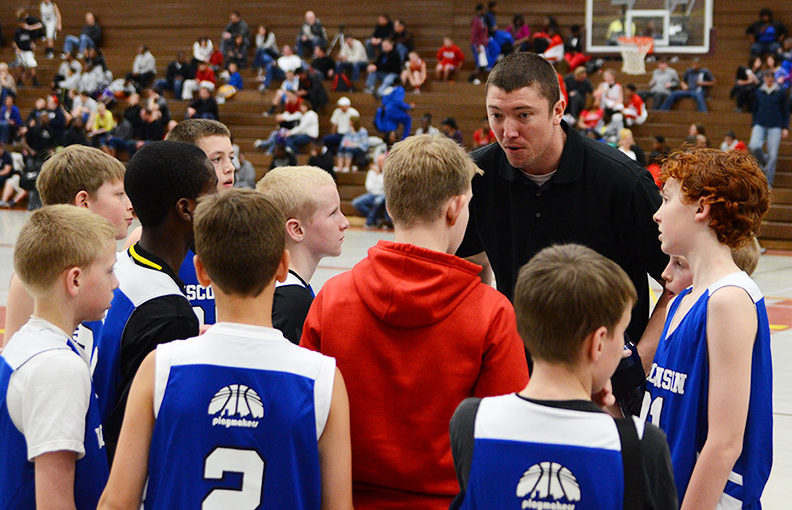Unified Sports on the Rise Across the Country
Unified Sports was inspired in 2008 by a simple principle — training together and playing together is a quick path to friendship and understanding for athletes with and without intellectual disabilities.
Beau Doherty, Special Olympics Connecticut President, created the Unified Sports movement with a vision based on his real-world experiences. He wanted to take his local Unified program global. Today, with more than 1.6 million Unified teammates competing in over 30 sports around the world, the momentum of Unified Sports continues to grow.

In addition to Unified sports participants, the survey indicated another 7,689 combined participants in Adapted sports. The 55,598 combined participants in Unified and Adapted sports represent a 163 percent increase from three years ago.
“It is great to see a growing interest in several emerging sports, as well as Unified and Adapted programs,” Dr. Karissa Niehoff, NFHS executive director, said. “Our goal continues to be to involve as many students as possible in high school sports and other activity programs.”
In total, 532 schools within the country have earned National Banner Status from the Special Olympics Unified Sports program. Forty-eight of 50 states have at least one school with a National Banner Status — Connecticut (59), Massachusetts (42), Colorado and South Carolina (26 each) lead the way.
In Arizona, where 25 schools have National Banner Status, the Buckeye Union High School District started with only a basketball team in 2015 and now offers 10 different programs across three high schools.
Travis Haley, the Unified Sports coordinator for Buckeye Union High School District, said in an interview with ABC-15 Arizona, being a leader and a coach for Unified Sports teams gives him chills.
“It’s kind of like seeing our kid grow up and playing a sport, and then they hit the home run or hit the game-winning shot. I get to see my kids do that season after season,” Haley said.
Mike Doyle, a physical education teacher at Cloquet High School in Minnesota, had already started a Unified program at his previous school, where he taught for 13 years. When he made the switch, he immediately spoke to his new principal about starting a Unified program.
“The whole idea behind Unified is bringing special education and general education students together to do things inside of school and, ideally, outside of school,” Doyle said in an interview with the Duluth News Tribune.
Doyle estimated there are currently more than 150 schools in Minnesota with a Unified program.

Cassie Letourneau, a special education teacher and Unified coordinator in Minnesota, started the “Circle of Friends” club at Duluth East High School, a precursor to the Unified physical education class that brought students with special needs and general education students together for activities after school. Many special education students, especially those with greater needs, are often isolated from the general student population and even other teachers.
“I really feel like our students, when they see their friends help them in sports, it absolutely improves their quality of life,” Letourneau told the Duluth News Tribune. “Sometimes they’re isolated, sometimes they only see the same adults all day or the same kids. It really enriches their life, their school life is better and it also reduces instances of bullying.”
The Special Olympics Unified Champion Schools program promotes social inclusion through intentionally planned and implemented activities affecting systems-wide change. With sports as the foundation, the three-component model offers a unique combination of practical activities that equip young people with tools and training to create sports, classroom, and school climates of acceptance. These are school climates where students with disabilities feel welcome and are routinely included in and feel a part of, all activities, opportunities, and functions.
This is accomplished by implementing inclusive sports, inclusive youth leadership opportunities, and whole-school engagement. The program is designed to be woven into the fabric of the school, enhancing current efforts and providing rich opportunities that lead to meaningful change in creating a socially inclusive school that supports and engages all learners. What a Unified Champion School “looks like” can vary greatly from school to school, based on the needs, goals, schedules, and other factors unique to each school; but the basic building blocks remain the same.
To learn more about the Special Olympics Unified Sports programs and how to get involved in your local community, visit specialolympics.org for more details.





